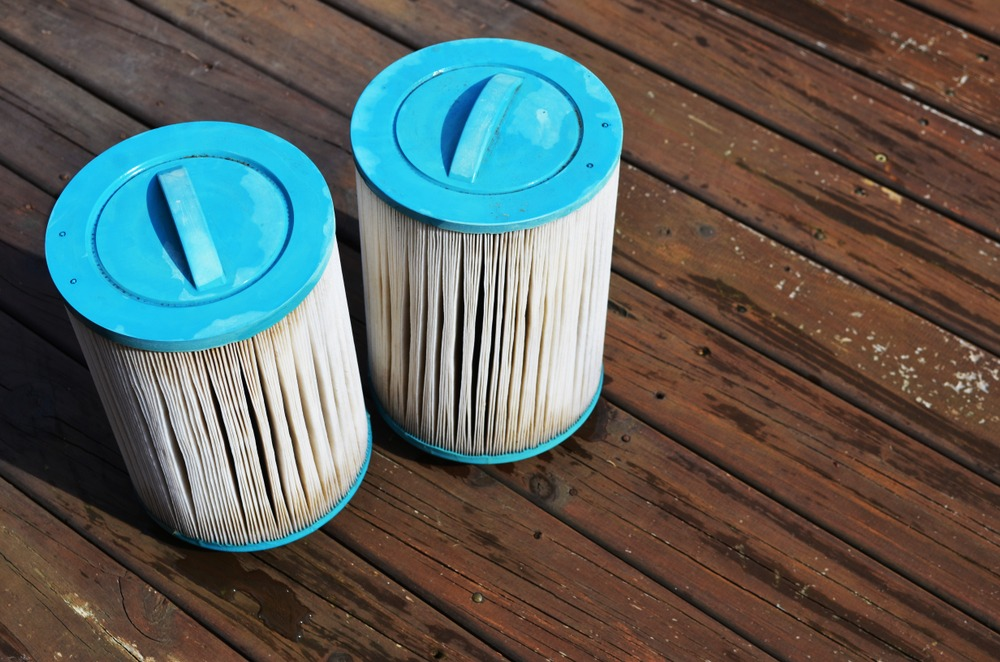
Modern packaging solutions such as roll cradles are gaining popularity as more brands and customers turn to sustainable packaging. Although global interest in sustainable packaging is growing, it is crucial that you have the right and basic knowledge about them.
What is Fiber and Fiber Packaging?
Fiber is a raw material derived from trees (wood) and used to make paper. The appropriate trees for making fiber have cellulose, a compound found in plants that humans cannot digest. Cellulose and some other internal structures make fiber wood the right fit for making papers.
Fiber packaging is packaging made from reusable fiber materials such as paper (newspaper, office paper, cardboard, etc.), wheat straw, corn straw, bamboo, and wood pulp. These materials are usually processed or recycled into making fiber packaging typically used in packaging food, ceramic, beverage, and in the manufacturing industries.
Certifying Fiber Packaging
Although fiber packaging is part of efforts to embrace fully sustainable packaging, sourcing for natural fiber has created an unintended effect of irresponsible felling of trees to derive fiber. To combat this, several vital and credible international agencies and organizations exist to audit fiber packaging manufacturers and determine their source of fiber. Those manufacturers that collect fiber responsibly are given badges that show their certifications. For example, a company that produces roll cradles might display badges showing it is certified by the SPC, USDA, and FSC.
Benefits of Fiber Packaging
Fiber packaging offers several benefits that both individuals and businesses benefit from. Some of these are:
- Efficient packaging: Because they are compact, roll fiber packaging makes it easier and faster to load and unload goods. Efficient packaging can significantly lower logistic costs for businesses. You can also move items around your house with much ease when you use fiber packaging.
- Protection: Roll cradles, for example, are strong and robust in offering protection to goods. They cushion goods from mechanical damage and absorb a certain amount of moisture to keep goods dry.
- Environmentally-friendly: Keen about keeping the world safe? You can begin by adopting fiber packaging. Fiber packaging reduces the demand for energy and natural resources used in manufacturing packaging.
- Temperature resistance: Fiber packaging is made to withstand high temperatures. Some of them can withstand up to 2000F.
Fiber packaging is often mentioned as the future of sustainable packaging and the global logistic industry is keying into that vision. In the future, you’ll be glad that you adopted fiber packaging.




